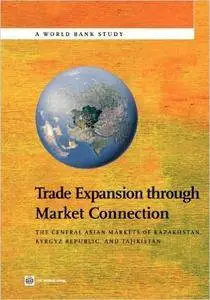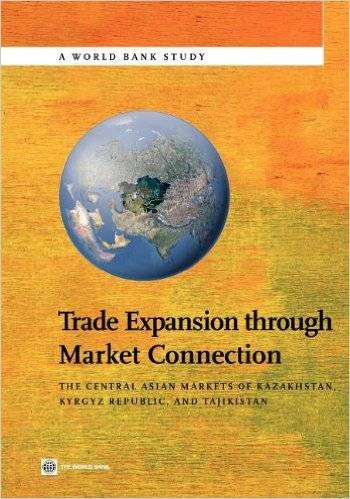Trade Expansion through Market Connection: The Central Asian Markets of Kazakhstan, Kyrgyz Republic, and Tajikistan (World Bank Studies) by World Bank
English | June 24, 2011 | ISBN: 082138788X | 96 Pages | PDF | 8 MB
English | June 24, 2011 | ISBN: 082138788X | 96 Pages | PDF | 8 MB
Production and export diversification expose firms to domestic and international competition, which enhances productivity and ultimately drives a country’s structural transformation from agriculture to industry to services. This structural transformation is accompanied by a spatial transformation seen in the increasing role of leading cities and their hinterlands in production and trade. As Central Asian countries cope with the effects of the global crisis, there is a need to think strategically about how to strengthen their export competitiveness in the medium- to long-term. This is particularly challenging for these countries that have small domestic markets and are landlocked and relatively remote from large markets; they suffer from low domestic economic density, long distances to markets, and significant economic divisions between trading partners and major markets.
The report recommends that Central Asian countries build their export-diversification policies on three spatial levels, corresponding with the framework from the 2009 World Bank World Development Report: urban (leading city), area (city-hinterland), and regional (integration with regional markets). It recommends focusing on the two leading cities – Almaty and Astana in Kazakhstan, Bishkek and Osh in the Kyrgyz Republic, and Dushanbe and Khujand in Tajikistan – connecting these leading cities with their agricultural hinterland to unleash the potential of the region’s agriculture-related activities, and improving the connections between the six leading cities and major regional markets, such as China, India, Russia, and Turkey, along a north-south road corridor. Policymakers in these countries must take actions along the above three dimensions, and in parallel, to obtain results.



